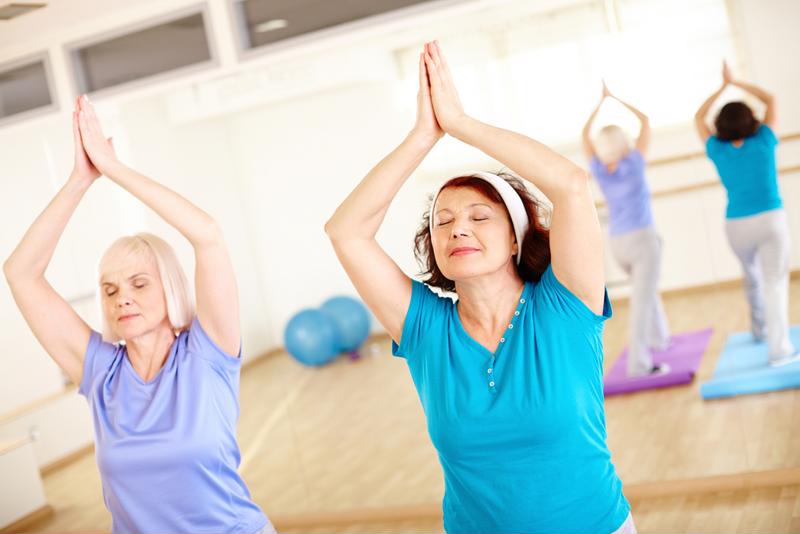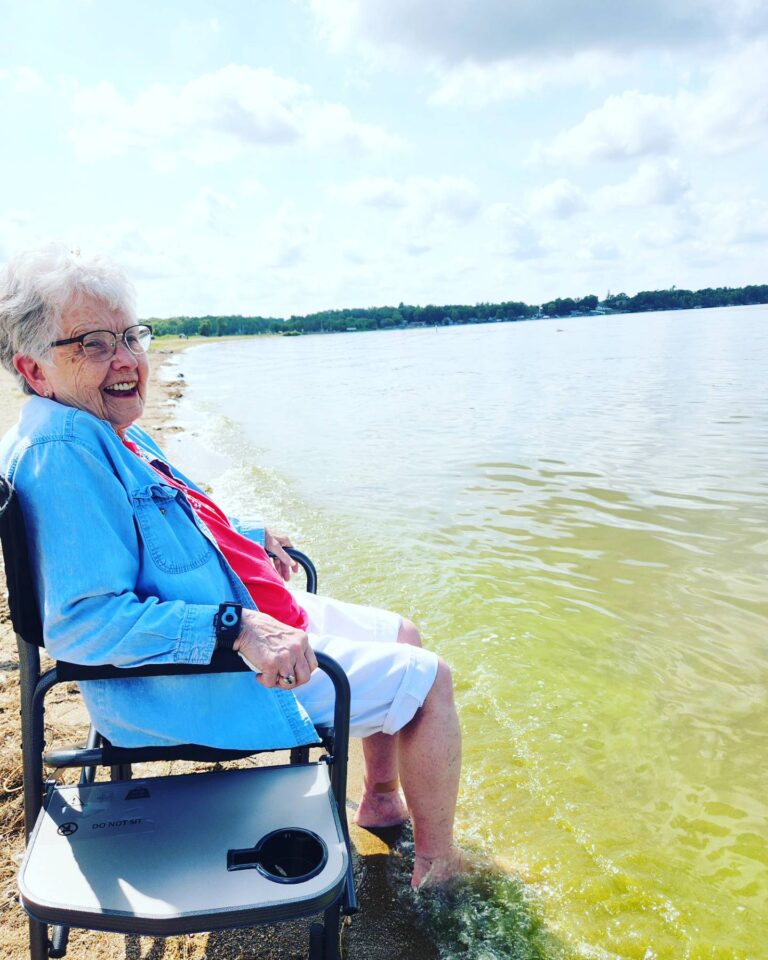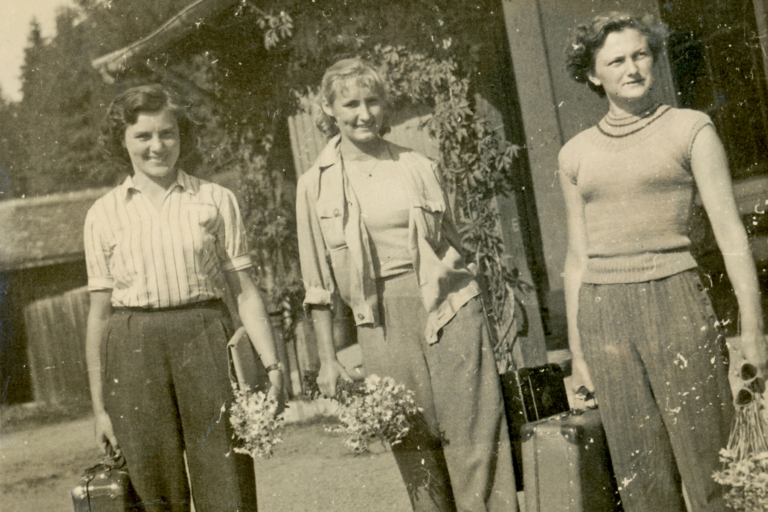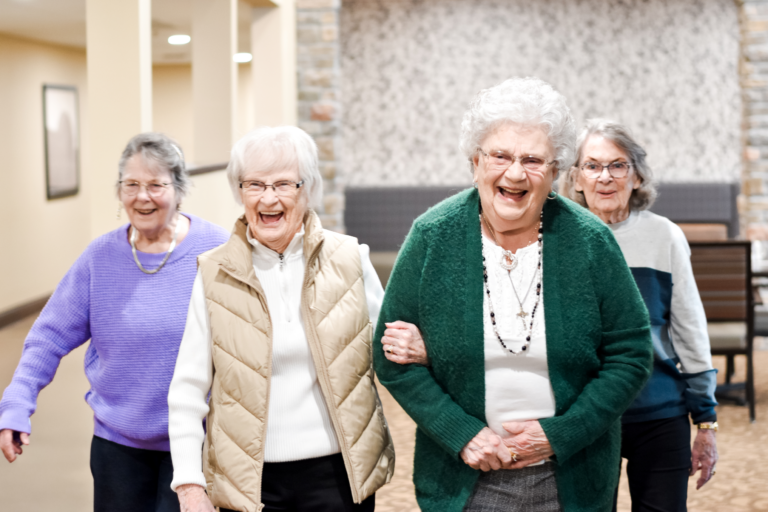
Falling can be a serious problem in older adults. In fact, taking a tumble can result in anything from a broken hip to a head injury. According to a study that evaluated predictors for falls in seniors, one in three adults over the age of 65 experiences a fall each year. Unfortunately, many seniors don’t address this problem with their care providers.
Uneven surfaces or loose shoes do not always cause falls. Rather, falling can result from balance problems, especially for seniors. Improving balance is important for all age groups, but limited mobility may make exercising difficult for seniors.
Find Senior Living Near Me
Here are five easy ways older adults can enhance their ability to balance:
Walk Heel to Toe.
To complete this exercise, seniors must walk about 10 to 20 steps, placing one foot directly in front of the other. Ideally, the heel of the front foot should touch the toes of the back foot. Even if seniors can’t get their feet to touch, they should still try to get them as close as possible. To help them remain stable, they can focus on a stationary point ahead of them and walk straight forward.
Sit and Stand.
Standing up from a seated position can easily cause falls. The dramatic shift in body weight can make anyone lose their balance, and many seniors move from sitting in a chair to standing every day. Everyday Health suggests older adults practice this routine task to reduce their risk for falls. To complete this exercise, seniors should sit in a chair with their feet planted flat on the ground. Then, they should stand up without using the chair’s arms for assistance. In this situation, they may want a family member or friend to help keep them steady during the first few attempts.
Enroll in a Yoga Class.
Seniors can take advantage of the many group activities provided at their retirement community by signing up for a tai chi or yoga class. These forms of exercise have long been known to improve balance. By signing up for a class, seniors can improve their stability and make new friends.
 Enrolling in a group exercise class may help improve balance.
Enrolling in a group exercise class may help improve balance.Balance While Brushing.
If busy schedules don’t allow for time dedicated to balancing exercises or joining a group activity, seniors can still enhance their stability while doing everyday tasks. For example, seniors can work on equilibrium while brushing their teeth by standing on one foot. To complete this task, they should slightly lift the left foot off the ground while brushing with the left hand. Repeat the same process on the right side.
“For all of these exercises, some seniors may need assistance.”
Step it Up.
Uneven surfaces can be difficult for seniors to handle, so learning how to adjust their natural steps to accommodate ramps and random objects may reduce their chances of falling. Seniors can practice this by placing a small, soft object on the floor, like a child’s teddy bear. Then, they can step forward and backward over the item repeatedly.
Some seniors may need assistance with all of these exercises. Staff at their assisted living communities should be able to help older adults rework their balance. They can lend anything from a steady hand to some helpful advice.
Some balance problems stem from conditions that can’t be combated with exercise. According to the National Institute of Health, the inner ear plays a large role in helping the body maintain balance, and disturbances in this part of the ear commonly cause balance problems such as dizziness, feeling lightheaded, and being unsteady. Additionally, failing eyesight and weakening muscles may lead to falls. Seniors experiencing these problems may want to speak with their physicians to determine whether a more serious internal problem is causing balance issues.




